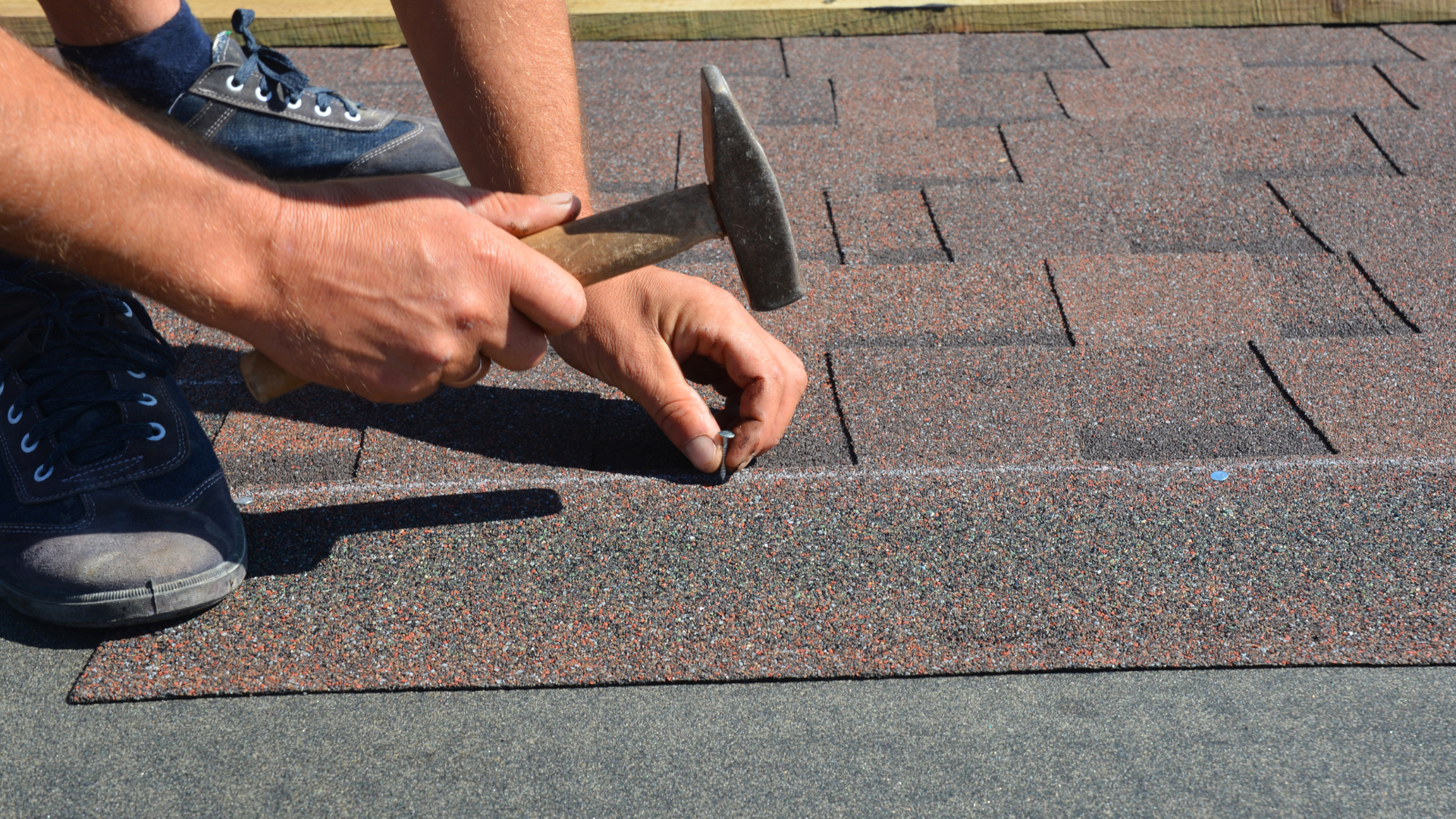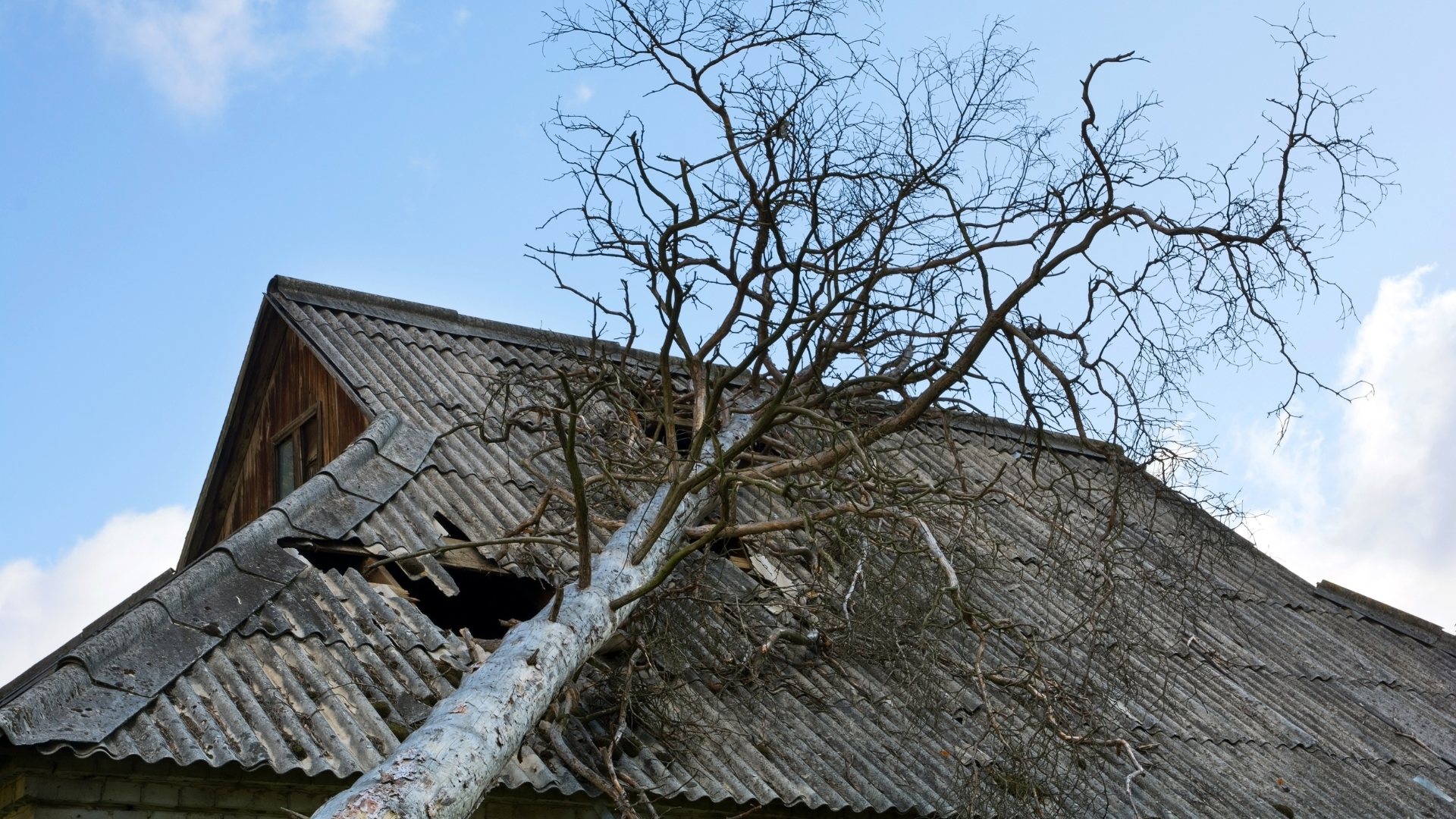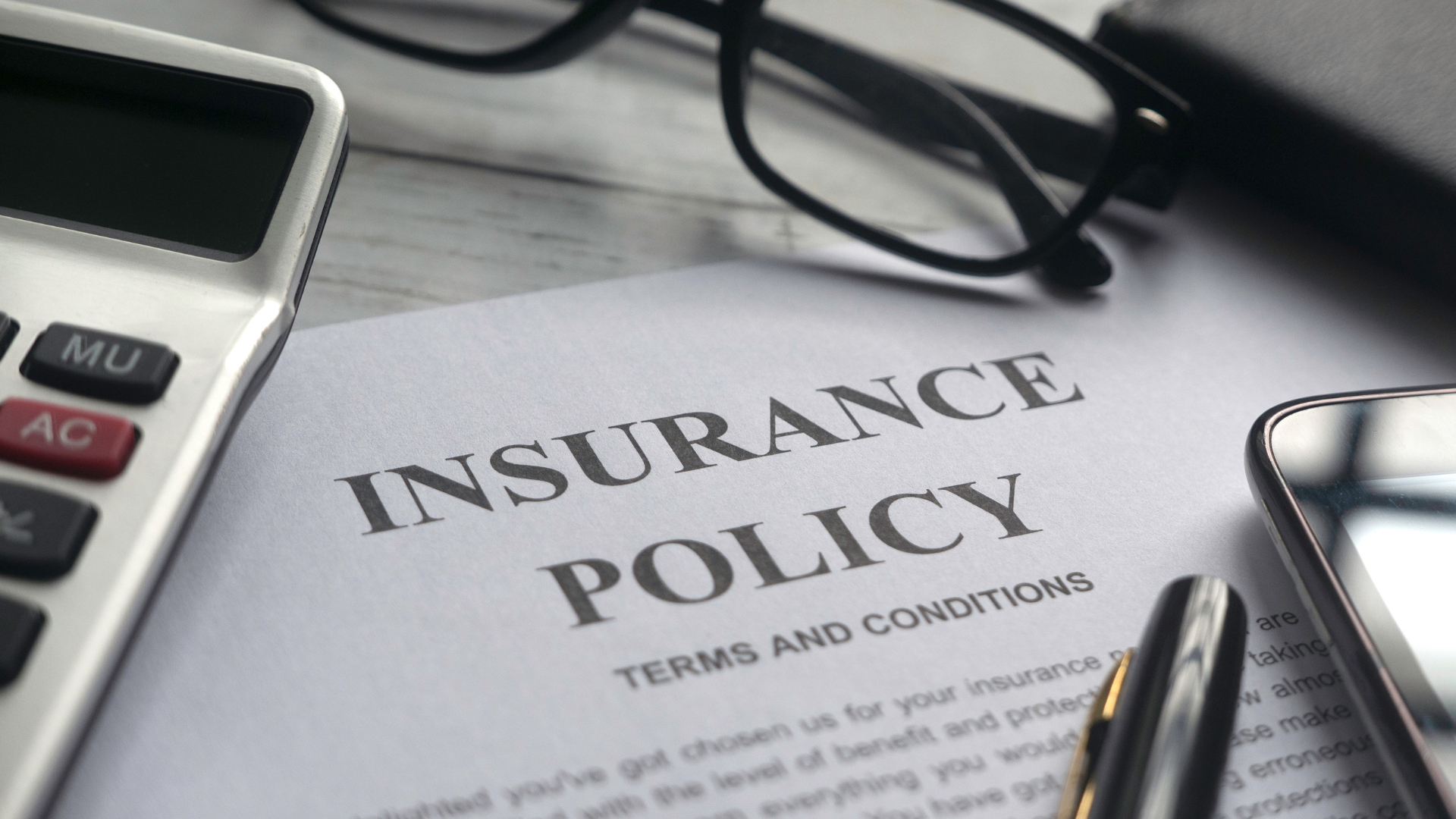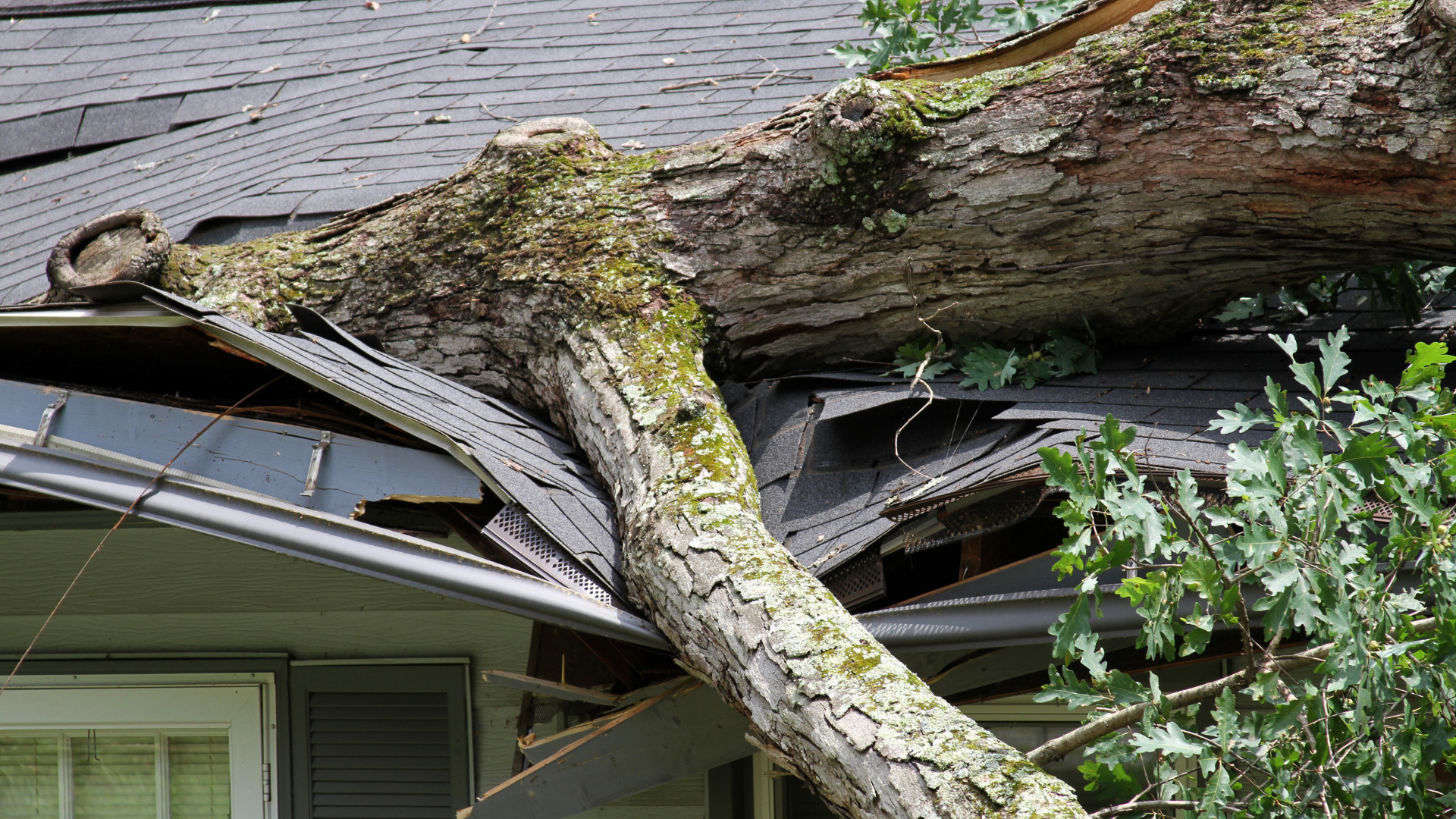Your Insurance Policy and Roof Replacement: What You Need to Know
When it comes to repairing or replacing your roof after damage, one of the first things you need to do is review your policy. Not only will this tell you what’s covered, but it will also help you understand if your insurance will fully pay for a new roof. The type of insurance policy you have can make a big difference in the amount your insurance company will pay out. There are two primary types of policies—Actual Cash Value (ACV) and Replacement Cost Value (RCV)—and understanding each will help you plan accordingly.
In this article, we’ll explore how each policy works, what you can expect from your insurance company, and how reviewing your policy can prevent surprises when you need a roof replacement.
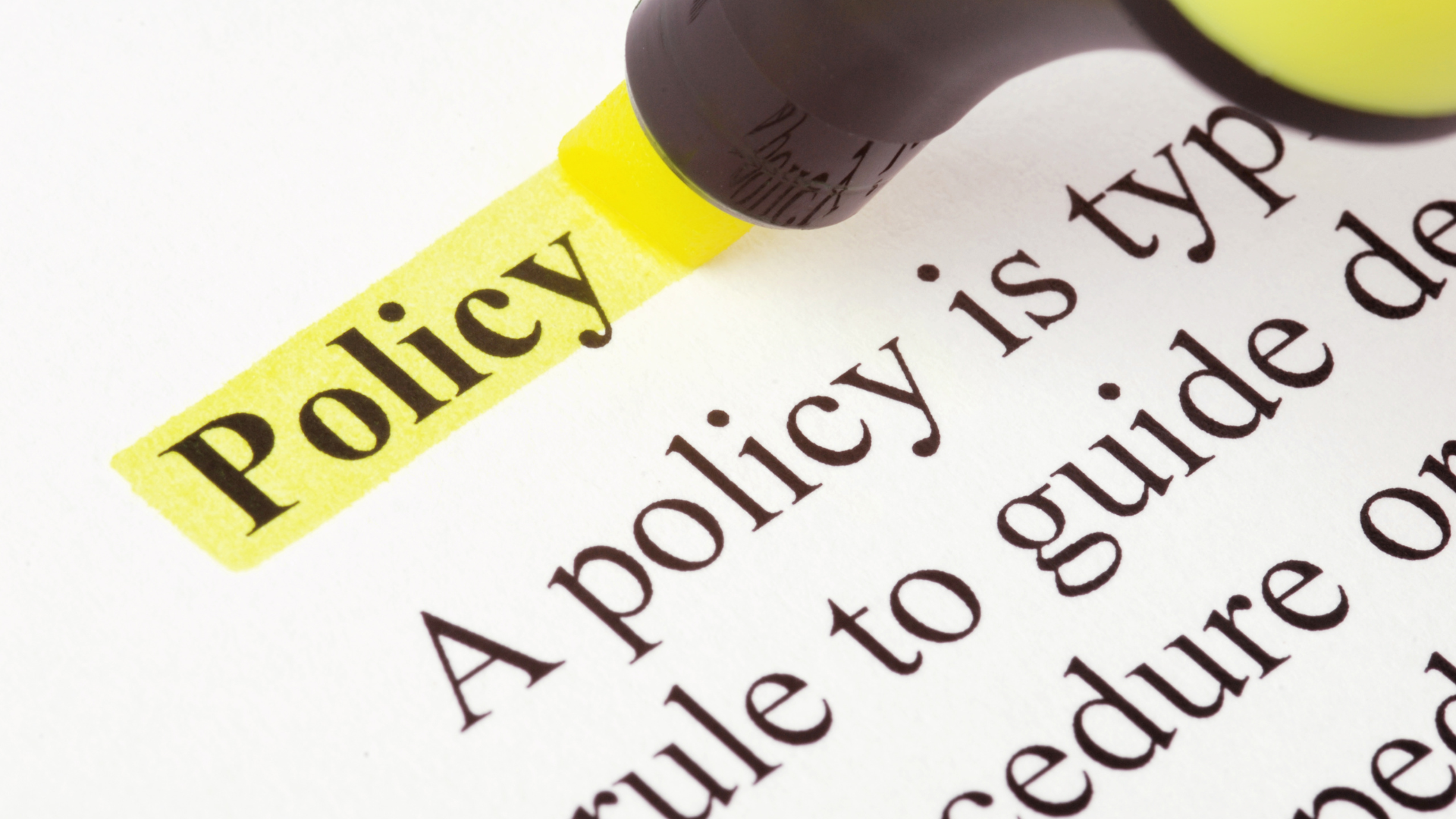
Understanding the Two Types of Policies: ACV vs. RCV
Before diving into the specifics, it’s important to know the difference between an Actual Cash Value (ACV) policy and a Replacement Cost Value (RCV) policy. Both types of policies will provide you with a payout, but the amount you receive can vary significantly.
| Actual Cash Value (ACV) Policy | Replacement Cost Value (RCV) Policy |
|---|---|
| An ACV policy provides a payout based on the depreciated value of your roof at the time of the claim. This means the insurance company will calculate the value of your roof, accounting for its age and wear, and offer you a one-time payment based on that calculation. While it may seem like you’re getting a good deal, this policy will not cover the full cost of replacing your roof. Instead, you’ll likely end up paying the difference out-of-pocket. | An RCV policy, on the other hand, is designed to pay for the full cost of replacing your roof with a new version of itself. Once your claim is approved, you’ll first receive a check for the actual cost value of your roof, minus the recoverable depreciation. After the replacement is complete and you provide proof that the work has been done in accordance with the claim, you’ll receive a second check to cover most or all of the remaining cost. |
While a roofer may be able to work with the amount provided under an ACV policy, this often leads to subpar results, as contractors may use cheap materials and labor to meet the lower payment. In contrast, an RCV policy restores your roof to a brand-new version, but it only covers a like-for-like replacement. If you want to upgrade your roof, such as replacing a standard 3-tab asphalt shingles with architectural shingles, you'll need to cover the extra cost yourself.
How to Handle the Payout from Your Insurance Claim
Once your insurance claim is approved and you know what type of policy you have, the next step is understanding how to handle the payout. The process for both ACV and RCV policies is relatively straightforward, but there are differences in what you can expect.
- For an ACV Policy: After your claim is approved, the insurance company will provide you with a payout that reflects the current, depreciated value of your roof. You may be able to get a roofer to work with the payment you receive, but the quality of materials and labor may be compromised to match the lower payout. In the end, you could be left with a roof that doesn't meet your expectations, and you'll have to cover the difference out-of-pocket.
- For an RCV Policy:
The process
for RCV policies are more beneficial for homeowners who need a full roof replacement. After your claim is approved, you'll initially receive a payment for the actual cost value of the roof. Once the roof replacement is completed and the work is verified, you'll get a second check to cover the remaining cost, minus any deductibles. However, remember that any upgrades to our roofing materials will need to be paid out of your pocket. If you want a higher-end material or a different style, be prepared to cover the difference.
Why Reviewing Your Policy is Crucial
Reviewing your policy thoroughly before filing an insurance claim is vital to avoid unpleasant surprises. Knowing whether you have an ACV or RCV policy will help you set realistic expectations about how much the insurance company will pay for your roof replacement. It's also important to understand your deductible, as this can affect how much you'll have to pay out-of-pocket regardless of the policy type.
If you're unsure about your policy details, contact your insurance provider or your roofing contractor for clarification. They can help guide you through the process and explain any fine print that might impact your payout.

Your insurance policy is one of the most important factors in determining how much you'll need to pay for a new roof. Understanding whether you have an Actual Cash Value (ACV) policy or a Replacement Cost Value (RCV) policy can make a huge difference when it comes to managing your out-of-pocket costs. ACV policies provide a payout based on the depreciated value of your roof, which often means you'll need to cover the difference yourself. On the other hand, RCV policies help cover the full cost of replacing your roof, though you'll still need to pay for any upgrades.
Make sure to carefully review your policy before filing an insurance claim so you know exactly what to expect. If you're unsure about your coverage, contact Right Hand Man today to get expert guidance on navigating your roofing claim and ensuring that your roof is replaced to your satisfaction.
